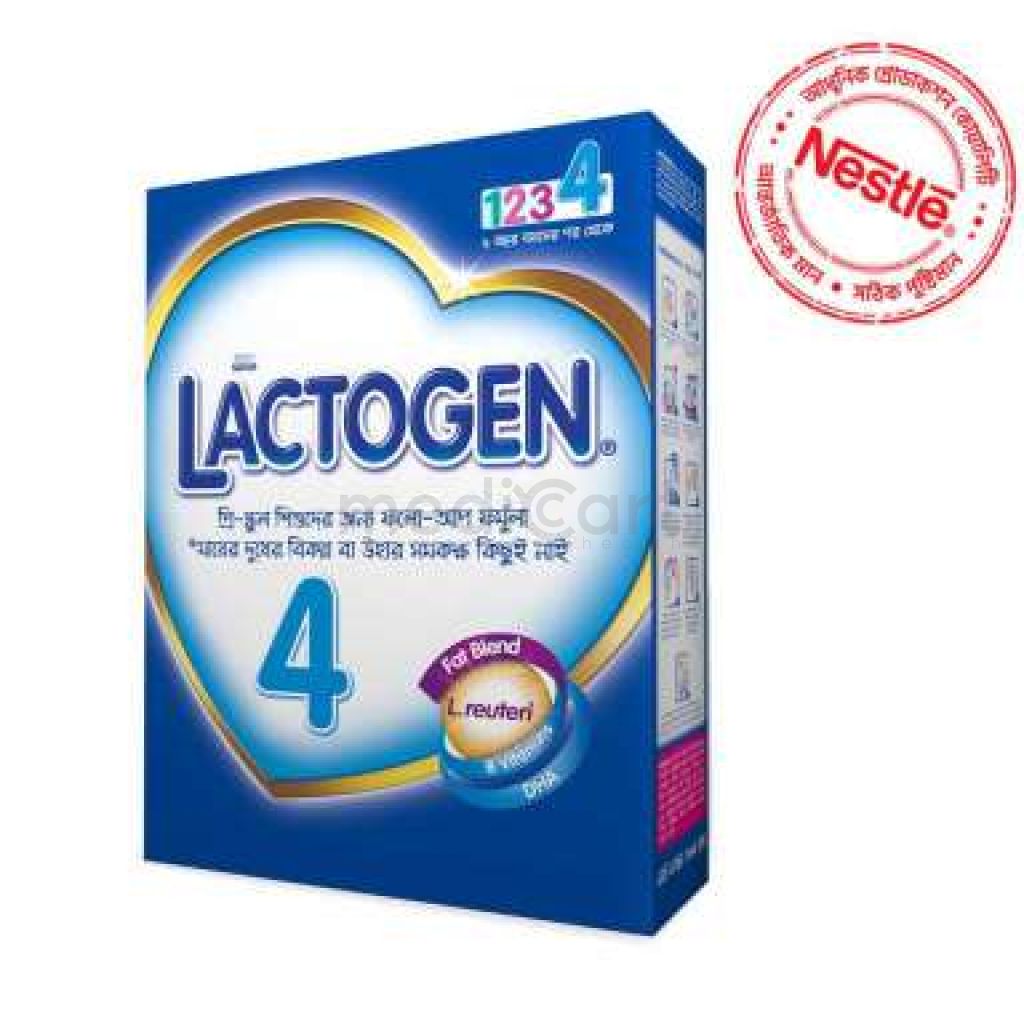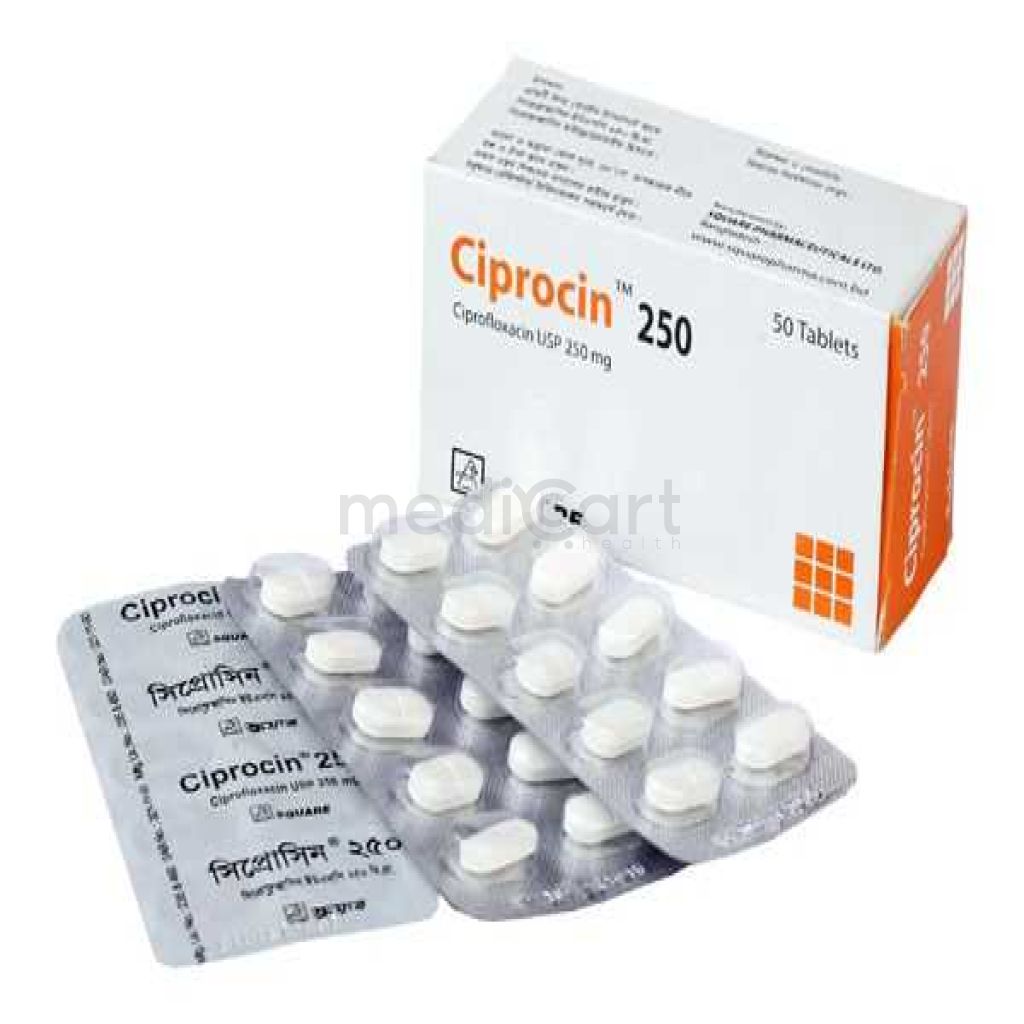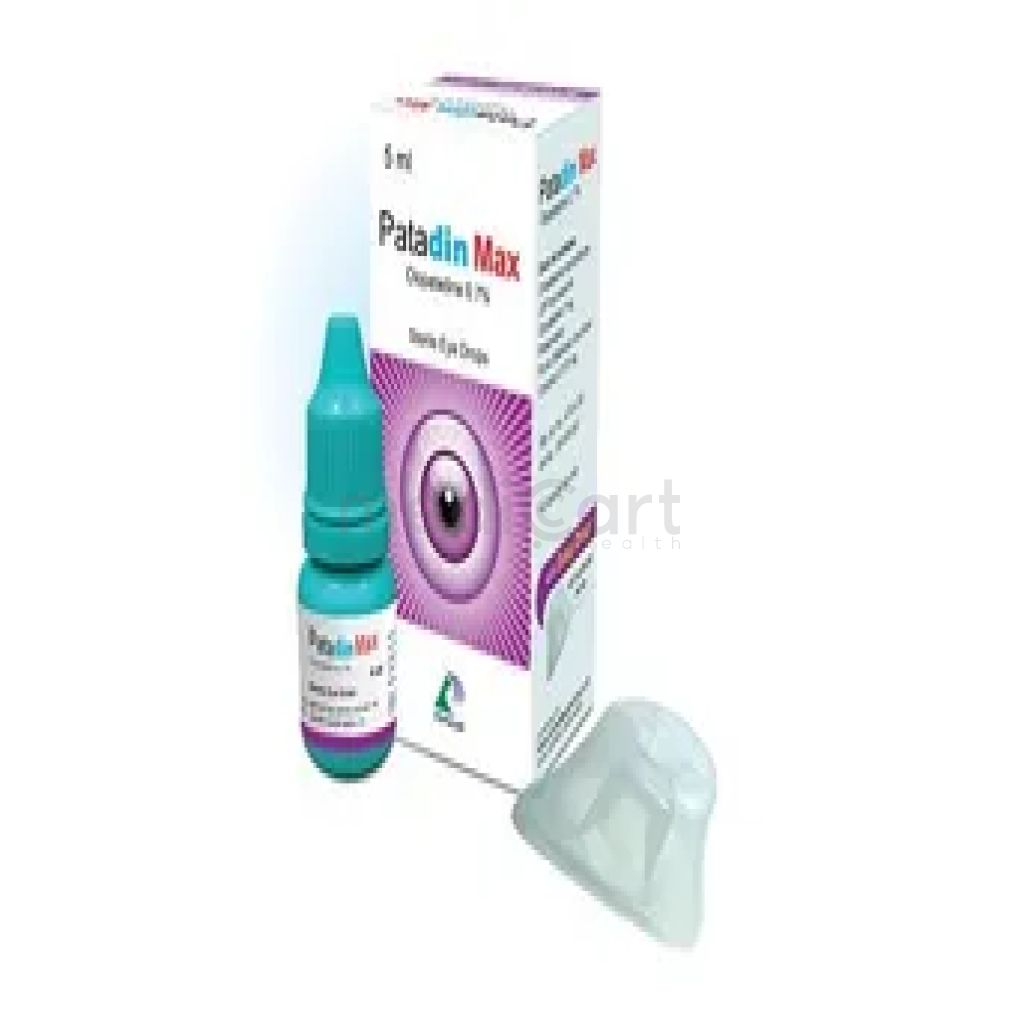

Dulox 30mg
Tablet
Pack Size :
10 Tablet x 1 strip
Generics :
Fluconazole
Manufacturer :
Acme Laboratories Ltd.
Best Price *
TK
100.70
* Delivery will be done in Dhaka city only.
More Information About - Dulox 30mg
Description
Generic Name
DuloxetinePrecaution
Avoid alcohol and abrupt cessation. May impair ability to drive or engage in task requiring alertness. Increased risk of suicidal thinking and behaviour when used in children and adolescents. Pregnancy, lactation. Lactation: Drug enters breast milk; use not recommended unless benefits greatly outweigh risksIndication
Major Depressive Disorder (MDD), Fibromyalgia, Diabetic neuropathy, Stress urinary incontinence, Generalized anxiety disorder, Interstitial cystitis, Musculoskeletal painContra Indication
Duloxetine is contraindicated in patients with a known hypersensitivity to this drug or any of the inactive ingredients.. Uncontrolled narrow-angle glaucoma. Concomitant use or within 2 wk of MAOIs. Renal and hepatic impairment.Dose
N/ASide Effect
>10% Nausea (23-25%),Dry mouth (13-15%),Headache (13-14%),Somnolence (10-12%),Fatigue (10-11%) 1-10% Constipation (10%),Dizziness (10%),Insomnia (10%),Diarrhea (9-10%),Anorexia (8%),Decreased appetite (7-8%),Abdominal pain (6%),Hyperhidrosis (6%),Increased sweating (6%),Agitation (5%),Nasopharyngitis (5%),Vomiting (3-5%),Male sexual dysfunction (2-5%),Abdominal pain (4%),Decreased libido (4%),Musculoskeletal pain (4%),Upper respiratory tract infection (URTI) (4%),Abnormal orgasm (3%),Agitation (3%),Anxiety (3%),Blurred vision (3%),Cough (3%),Influenza (3%),Muscle spasms (3%),Tremor (3%),Abnormal dreams (2%),Dyspepsia (2%),Hot flushes (2%),Nausea (2%),Oropharyngeal pain (2%),Palpitations (2%),Paresthesia (2%),Weight loss (2%),Yawning (2%),Dysuria (>1%),Gastritis (>1%),Rash (>1%)Pregnancy Category
Name : C
Description
Animal reproduction studies have shown an adverse effect on the fetus and there are no adequate and well-controlled studies in humans, but potential benefits may warrant use of the drug in pregnant women despite potential risksMode of Action
Duloxetine is a potent inhibitor of neuronal reuptake of serotonin, norepinephrine and to a lesser extent dopamine. It has no significant affinity for adrenergic, muscarinic, cholinergic, histaminergic, opioid, glutamate and GABA receptors. It also does not inhibit monoamine oxidase.Interaction
Increased risk of serotonin syndrome w/ TCA, SSRI, SNRI, lithium. May increase bleeding risk w/ aspirin, NSAIDs, warfarin and other anticoagulants. Potentially Fatal: Increased risk of serotonin syndrome w/ MAOIs, linezolid and methylene blue. Increased serum levels and risk of toxicity w/ potent CYP1A2 inhibitors (e.g. ciprofloxacin, enoxacin).Pregnancy Category Note
Pregnancy There are no adequate and well-controlled studies administration in pregnant women Use in pregnancy only if the potential benefit justifies the potential risk to the fetus Clinical considerations Neonates exposed during pregnancy to serotonin - norepinephrine reuptake inhibitors (SNRIs) or selective serotonin reuptake inhibitors (SSRIs) have developed complications requiring prolonged hospitalization, respiratory support, and tube feeding which can arise immediately upon delivery Reported clinical findings have included respiratory distress, cyanosis, apnea, seizures, temperature instability, feeding difficulty, vomiting, hypoglycemia, hypotonia, hypertonia, hyperreflexia, tremor, jitteriness, irritability, and constant crying These features are consistent with either a direct toxic effect of the SNRIs or SSRIs, or possibly, a drug discontinuation syndrome In some cases, the clinical picture is consistent with serotonin syndrome Data from the published literature report the presence of duloxetine in human milk There are no data on the effect of duloxetine on the breastfed infant or on milk production Women given 40 mg of duloxetine PO BID for 3.5 days; peak concentration measured in breast milk occurred at a median of 3 hrs post-dose Amount of duloxetine in breast milk was ~7 mcg/day while on that dose; estimated daily infant dose was ~2 mcg/kg/day, which is <1% of the maternal doseAdult Dose
Oral Major Depressive Disorder Adult: Initially, 20-30 mg bid or 60 mg once daily, then increase dose in increments of 30 mg/day over 1 wk as tolerated. Max: 120 mg/day. Diabetic Peripheral Neuropathic Pain Adult: 60 mg once daily. Max: 120 mg/day in divided doses. Generalized Anxiety Disorder Adult: 30 or 60 mg once daily. Max: 120 mg/day. Fibromyalgia Adult: Initially, 30 mg once daily for 1 wk, then increase to 60 mg once daily. Elderly Major Depressive Disorder May initiate at 20 mg PO qDay or divided BID; increase to 40-60 mg qDay or divided doses; alternatively, initiate at 30 mg/day for 1 week, then increase to 60 mg/day as tolerated Generalized Anxiety Disorder 30 mg/day PO qDay initially; after 2 weeks, consider increasing to target dose of 60 mg/day Some patients may benefit from doses >60 mg/day; if increased beyond 60 mg/day, use increments of 30 mg/day Maximum dose studied was 120 mg/day; safety of doses >120 mg/day has not been evaluated Hepatic Impairment Avoid use in patients with chronic liver disease or cirrhosisChild Dose
Generalized Anxiety Disorder <7 years: Safety and efficacy not established 7-17 years: 30 mg PO qDay initially; after 2 weeks, may consider increasing dose to 60 mg/day Recommended dosage range: 30-60 mg/day Some patients may benefit from doses >60 mg/day; if increased beyond 60 mg/day, use increments of 30 mg/day Maximum dose studied was 120 mg/day; safety of doses >120 mg/day has not been evaluatedRenal Dose
Renal Impairment Avoid use in patients with severe renal impairment (GFR <30 mL/min)Administration
May be taken with or without food. Swallow whole, do not chew/crush.Disclaimer
The information provided herein are for informational purposes only and not intended to be a substitute for professional medical advice, diagnosis, or treatment. Please note that this information should not be treated as a replacement for physical medical consultation or advice. Great effort has been placed to provide accurate and comprehensive data. However, Medicart along with its authors and editors make no representations or warranties and specifically disclaim all liability for any medical information provided on the site. The absence of any information and/or warning to any drug shall not be considered and assumed as an implied assurance of the Company.










